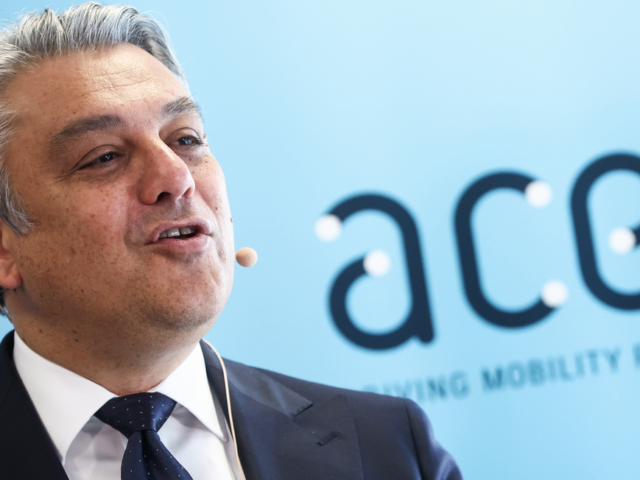
Biden pushes carmakers on lenient path to 50% CO2 reduction

Eventually, the US car industry reacted as stung by a wasp when the EPA announced far stricter targets than the 50% EV sales in 2030 proposal by President Biden before /GM
President Joe Biden is pushing the American car industry toward reducing CO2 emissions by 50% in 2032 compared to 2026, as first announced l


Comments
Ready to join the conversation?
You must be an active subscriber to leave a comment.
Subscribe Today